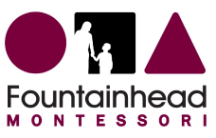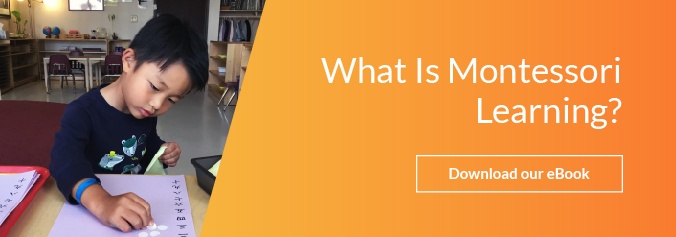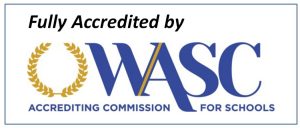The Montessori Method of teaching was originally developed when Maria Montessori was allowed to teach children who were considered ‘unteachable.’ When these students were able to improve and meet the same minimum standards as the children who were considered normal, Montessori began to question the design of the typical classroom and curriculum. The dichotomy between how students were performing and what Montessori believed them to be capable of led her to develop the Montessori Method. She outlined her beliefs and understandings of how children learn as well as her goal for education and designed the classroom and curriculum accordingly. Together, these elements create an environment and method of education that is better for your child.
Children are considered naturally smart
The Montessori Method embraces the belief that children are naturally smart. When provided with the resources and opportunities, children will follow their natural curiosities and learn without resistance. This view of the child allows for a collaborative relationship between the student and teacher. It also creates an environment in which the student can take more responsibility for his or her learning. Many teachers in public classrooms have so many students at once that they do not have the time and resources to allow them to follow their natural curiosities or participate in self-directed learning. The belief in Montessori education that children are naturally smart and curious creates an environment that is much better for your child when compared to the typical classroom.
Children develop valuable skills in many different areas
In the public school setting, teachers and administrators have a list of subjects and topics that are considered essential for each child to learn. Beyond those core topics, everything else is considered elective or supplementary. This design can lead to a situation where students learn to be good at taking tests but do not develop other skills that are necessary for success. Montessori education provides children with the opportunity to develop valuable skills in many different areas. The youngest Montessori students start out learning the ‘exercises of practical life’ which include elements such as the care of the environment, care of the person, and social relationships. As students in the Montessori classroom learn and grow, they are provided with ample opportunities to practice these skills and many others.
Focus is on preparing students for life
Maria Montessori’s overarching belief was that education should prepare students for life. It is very common for the focus of the public classroom to be on creating good students. The problem is that a good student does not necessarily translate into a successful and contributing adult. The Montessori environment is thoughtfully designed with the goal of ‘preparing students for life.’ A few of the ways this is accomplished is by allowing students to become self-directed learners, providing opportunities for students to have meaningful interactions with others, and giving students the responsibility of finding solutions for problems that arise in the classroom.
There are several reasons why a Montessori education is better for your child when compared to typical public education. If you are interested in learning more details about what a Montessori education entails the article ‘Why Montessori’ dives deeper into this topic, you can also see the Montessori Method in action by scheduling a time to observe a class. Observing children in the Montessori environment will allow you to witness firsthand the ways that a Montessori education is better for your child.












Let us know what you think about this post
Put your Comment Below: